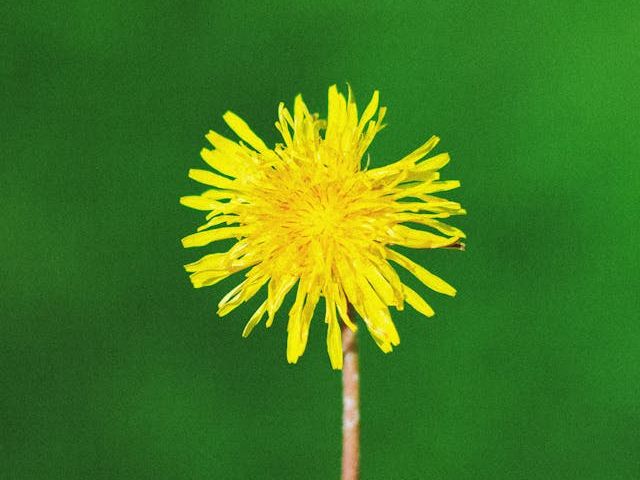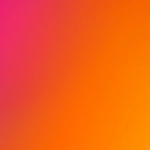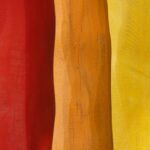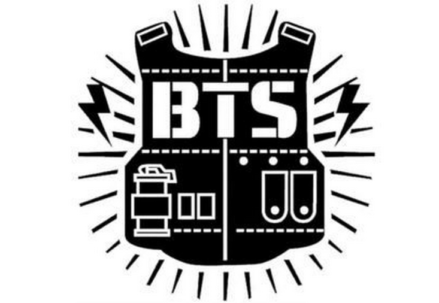The enigmatic realm of color theory is a cornerstone in the grand tapestry of visual arts, weaving together the intricate dance and interplay of colors. It’s an exploration into contrasts and complements, all starting with an elementary grasp on primary, secondary, and tertiary hues – these being the progenitors to every other shade imaginable. The symphony of emotions stirred up by different color pairings and their harmonious resonance form the soulful melody that sings at the heart of this captivating subject matter.
Artists and designers take cues from these guiding principles as they breathe life into their creations – be it canvases brought alive through strokes or websites intricately designed for visual appeal.
Descending deeper into this kaleidoscopic abyss known as color theory might lead one to question how yellow can be concocted without invoking green? An initial understanding may coax towards blending blue with green; but alas! This only births varying degrees of green itself. Rather paradoxically, yellow proudly stands among red and blue as one-third part in triumvirate ruling over all primary colors – which means its existence doesn’t owe allegiance to any other color merger.
Thusly does our quest to create yellow sans green turn away from mere combinations towards more profound contemplations about availability and manipulation of hues themselves. Navigating through these intriguing facets offers enlightenment while simultaneously highlighting just how fascinatingly complex yet rooted in simplicity are these fundamental principles governing color theory.
- Delving into the Color Wheel
- The Role of Primary and Secondary Colors
- The Science of Color Mixing
- Different Methods of Creating Yellow
- Using Digital Techniques to Create Yellow
- Creating Yellow in Paint and Other Physical Media
- Could you elaborate on the fundamental tenets of chromatic theory?
- Can you illuminate what a color wheel is and how it correlates with generating yellow?
- Would you expand on primary and secondary hues’ role in fabricating yellow?
- How does understanding hue mixing scientifically assist in formulating yellow?
- What methods exists for producing physical manifestations of the shade- Yellow?
- What digital techniques exist towards creation ‘Yellow’?
- What differentiates generating yellow in pigment versus digitally?
- FAQs
Delving into the Color Wheel
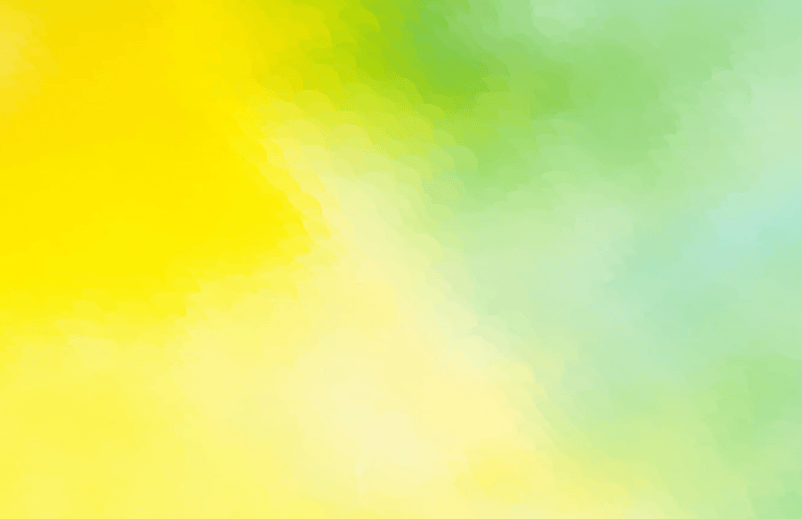
As we plunge deeper into this labyrinth of color exploration, let’s momentarily halt to address a query that often baffles many: How do you create yellow without the inclusion of green? It’s intriguing to mention that in the vast sea of color models, yellow proudly stands as a primary hue. This implies its uniqueness and impossibility of being replicated through a mix of any other colors.
Venturing into the traditional realm of RYB (red, yellow, blue) color model – an artistic convention widely embraced by designers and artists alike – it becomes evident that yellow is one among the three cardinal hues alongside red and blue. Therefore, embarking on an endeavor to fabricate yellow from other colors including green can prove quite formidable if not entirely elusive in conventional terms.
In the grand theatre of color theory, no discourse would ever be complete without paying homage to the quintessential tool known as the color wheel. Serving up a visual feast representing how various hues interact with each other, this wheel was born out of Sir Isaac Newton’s ground-breaking prism experiments. The spectrum showcased on this wheel — leading actors being primary colors (red, yellow, blue), supporting roles played by secondary shades (orange, green purple), and finally tertiary tones providing depth via their blend between primary and secondary — sets forth a path for understanding numerous facets intertwined with each shade.
While our original conundrum centered around concocting ‘yellow’, it bears emphasis here that purest form Yellow has always resided within this wheel – like an indispensable character whose absence might cause disarray in narrative continuity – thereby highlighting its irreplaceability when dabbling with any kind of pigment blending techniques.
The Role of Primary and Secondary Colors
In the enigmatic realm of color theory, primary and secondary colors perform an essential function. The genesis is found in a triad of primary hues: red, blue, and yellow. These distinctive shades are intrinsically independent; their existence cannot be realized through the fusion of any other colors. All we witness within the kaleidoscope array that makes up our rainbow spectrum and the myriad of pigments utilized in artistry, design, as well as our quotidian life emerge from meticulous mingling of these basal tints.
Delving deeper into this subject by pondering over “Which two hues blend to form yellow?” sheds light on secondary colors’ intriguing concept. Fascinatingly, adhering to conventional RYB (Red Yellow Blue) color model – a staple taught to juveniles and implemented widely across artistic endeavors – yellow finds itself classified as a principal hue – an entity unto itself that can’t be conceived by amalgamating diverse colors. Conversely though, when one turns towards additive RGB (Red Green Blue) model harnessed for illumination purposes, you’ll find that full intensity blending of red and green beams would indeed create yellow! This paradox not only attests to subtle intricacies interwoven between primary & secondary shades but also underscores their profound impact shaping our visual perception experiences.
The Science of Color Mixing
The enigma of color blending science is the anchor in solving riddles such as, “How does one conjure green without possessing it?” This topic plunges profoundly into the tenets of luminosity and reflection, uncloaking how varying hues intertwine with each other and light.
As white light mingles with an entity, the object’s surface echoes certain colors more vigorously than others. The result? Our eyes interpret the object as brandishing the most powerfully echoed color. Thus to manifest a hue like green sans actual green, one would need to amalgamate shades that, upon union reflect illumination akin to how green does. Consider blue and yellow – sterling examples of hues that when fused echo luminosity in a manner our eyes decode as ‘green.’
Different Methods of Creating Yellow
In the quest to manifest yellow through diverse methods, each medium presents its own unique set of complexities and nuances. In a tangible realm, such as that inhabited by conventional artistic materials, yellow materializes from a meticulous fusion of primary colors. Within the artistry of paint mixing, for example, red and green engage in a chromatic dance that often births various incarnations of this radiant color.
However, even within this singular medium, different procedures bring about results imbued with variability – contingent on whether oil is used as opposed to acrylic or watercolor. The type of paint one chooses to employ becomes an integral determinant in the final outcome.
When our canvas shifts into digital landscapes however; other methodologies come into play presenting their own set of intricacies. Unlike traditional painting where red and green are kings among primaries; in the digital cosmos we deal with RGB – Red Green Blue trio reigns supreme.
Yellow here isn’t birthed but rather crafted meticulously by merging full intensity red and green together. Yet here too lies room for manipulation — tinkering with saturation levels and lightness can yield an entire spectrum ranging from subtle pastels to vivid hues all falling under ‘yellow’. This ability grants artists exceptional control over their craft’s final output.
The world then takes another turn when coded values or hexadecimal color codes enter the picture allowing digital artists unparalleled precision while crafting varied tones within yellow’s spectrum.
Using Digital Techniques to Create Yellow
In the enigmatic sphere of digital artistry and design, the formulation of diverse hues, especially that of yellow, necessitates an intricate comprehension of chromatic theory coupled with adept manipulation of digital techniques. The use of advanced digital apparatus such as Adobe Photoshop or Illustrator accelerates this process by finessing the mixing and texturing aspects.
The traditional method mandates a blending act involving primary pigmentations to orchestrate yellow. However, within the cryptic confines of the digital world, ingenious maneuvering around RGB (Red, Green, Blue) color codes has demonstrated its proficiency in accomplishing this task effectively.
By exploiting the principles underlying RGB color modeling, one can witness how a fusion between red and green at their peak intensities while maintaining blue at absolute zero results in birthing shades within the yellow spectrum. This interaction among these colors at predefined volumes creates an astonishing array of tones underpinning yellow’s spectrum.
Such methodology proves to be particularly fruitful for graphic designers; those involved in web development; and digital artists who painstakingly tweak tints so they align perfectly with specific brand identities or visual themes. A thorough understanding and application are crucial for anyone desiring mastery over crafting captivating yellows within this perplexing yet exciting realm.
Creating Yellow in Paint and Other Physical Media
In the realm of physical media like paint, conjuring up yellow can be a perplexing task that depends on available materials. The central tenet however remains unaltered – the fusion of primary colors is key. In conventional practice, an artist might craft a subdued hue of yellow by merging ample white paint with a diminutive amount of yellow. Yet, fabricating an energetic and radiant shade of yellow isn’t quite as simple.
The direct amalgamation of green and red – the remaining duo in subtractive color theory’s trifecta– typically yields muddied or neutralized hues due to absorption across broad wavelength spectra.
Burstiness comes into play when determining the intensity level for your desired shade of yellow; this dictates just how much each color contributes to your mix. This fine-tuned blending procedure demands a delicate equilibrium between warm and cool tones. As an illustration, creating an intense bright-yellow often necessitates reaching into one’s palette for colors tipping towards yellow in their own right: perhaps an orangish-red warmed from within or even a cool green verging on blue.
This process teems with trial-and-error moments that artists repeatedly refine through accumulated experience and honed expertise. Such attained proficiency facilitates not only generating distinct tints and shades but also enriches the spectrum by including diverse renditions of yellows thus ensuring art pieces bursting with vibrancy while capturing realism more effectively.
Could you elaborate on the fundamental tenets of chromatic theory?
Chromatic theory is a schematic employed by designers to comprehend the interaction between colors. This involves notions such as the color wheel, chromatic harmony, and the context in which hues are utilized.
Can you illuminate what a color wheel is and how it correlates with generating yellow?
The color wheel is essentially a circular representation of colors organized according to their spectral correlation. Primary hues (red, blue, and yellow) are situated at equal distances around this circle. Yellow can be created by blending specific shades based on this diagram.
Would you expand on primary and secondary hues’ role in fabricating yellow?
According to classical chromatic theory, yellow falls under primary colors implying that it cannot be produced through combining other shades. Secondary hues like green or orange emerge when two primaries merge. Nevertheless, in certain scenarios like painting for instance, we can derive yellow by blending particular tints of other colors.
How does understanding hue mixing scientifically assist in formulating yellow?
Understanding color science entails comprehending interactions amongst varying shades. In additive hue mixing (as seen with light), merging red with green results in a shade of yellow. Through subtractive hue mixing (commonly associated with paint), certain amalgamations may create a semblance of yellowness but it’s not necessarily clear-cut.
What methods exists for producing physical manifestations of the shade- Yellow?
For mediums like paint; one could directly utilize pigments yielding a bright lemony tint or alternatively blend selected tints from other colours resulting into different variations ‘Yellow’. However precise methodology might differ dependent upon chosen medium & desired intensity.
What digital techniques exist towards creation ‘Yellow’?
With digital media RGB model (Red Green Blue) predominantly comes into play! Herein ‘yellow’ emerges from full intensity blending of red & green light.
What differentiates generating yellow in pigment versus digitally?
The core divergence is the color fusion process. In paint (a subtractive medium), hue amalgamation absorbs more light, leading to darker shades hence primary hues like Yellow are typically utilized directly. Conversely within digital platforms (additive mediums), colour combination emits increased light resulting in lighter outcome – thus creating ‘yellow’ via merging red and green.
FAQs
Chromatic theory is a schematic employed by designers to comprehend the interaction between colors. This involves notions such as the color wheel, chromatic harmony, and the context in which hues are utilized.
The color wheel is essentially a circular representation of colors organized according to their spectral correlation. Primary hues (red, blue, and yellow) are situated at equal distances around this circle. Yellow can be created by blending specific shades based on this diagram.
According to classical chromatic theory, yellow falls under primary colors implying that it cannot be produced through combining other shades. Secondary hues like green or orange emerge when two primaries merge. Nevertheless, in certain scenarios like painting for instance, we can derive yellow by blending particular tints of other colors.
Understanding color science entails comprehending interactions amongst varying shades. In additive hue mixing (as seen with light), merging red with green results in a shade of yellow. Through subtractive hue mixing (commonly associated with paint), certain amalgamations may create a semblance of yellowness but it’s not necessarily clear-cut.
For mediums like paint; one could directly utilize pigments yielding a bright lemony tint or alternatively blend selected tints from other colours resulting into different variations ‘Yellow’. However precise methodology might differ dependent upon chosen medium & desired intensity.
With digital media RGB model (Red Green Blue) predominantly comes into play! Herein ‘yellow’ emerges from full intensity blending of red & green light.
The core divergence is the color fusion process. In paint (a subtractive medium), hue amalgamation absorbs more light, leading to darker shades hence primary hues like Yellow are typically utilized directly. Conversely within digital platforms (additive mediums), colour combination emits increased light resulting in lighter outcome – thus creating ‘yellow’ via merging red and green.
